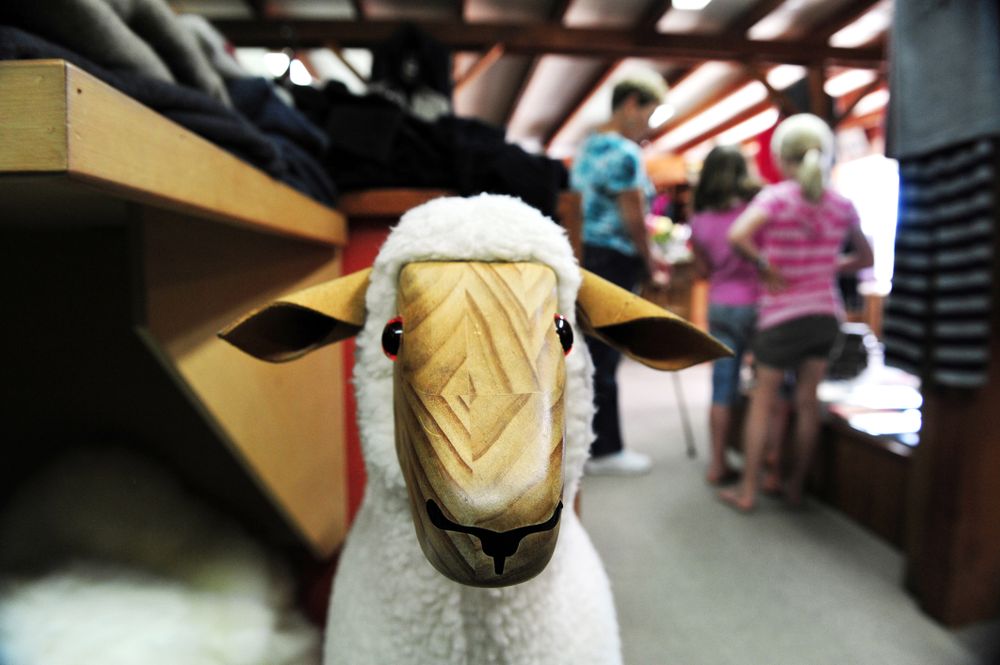Victoria Wool Processors receives bales of wool from farms all over Australia.

Location:
38-44 Dohertys Rd, Laveton North, VIC, 3026
Purpose:
Before the wool is ready for export to wool mills around the world, it undergoes an intensive cleaning and processing procedure to remove grass seeds and other vegetable matter.
Water Use:
The wool is first blended into 14-tonne lots and is then washed using a detergent to remove bulk dirt particles. From there, the wool is immersed in 7,500 litre ‘acid bowls’ that attack the vegetable matter. The wool is then dried to increase the acid concentration and crushed up. The combination of acid, heat and pressure carbonises the vegetable matter, which is shaken loose from the wool fibre. Once acids are neutralised, the wool is dried and re-baled ready for export.
The acid bowls used for cleaning the wool contain a 5% sulphuric acid solution. Previously, after a three-week period of use, the acid solution was treated and discharged to the sewer system.
Implementation:
The process of taking wool from a sheep’s back to the wardrobe can involve considerable volumes of water. While the industry standard of water-per-kilogram of wool is around 40 litres, Victoria Wool Processors set out to slash this by almost half. Victoria Wool Processors determined that the amount of water used in the acid-bowl stage could be significantly reduced through the use of a hyrdocyclone – a device that separates or sorts particles in liquids using a centrifugal force. The company was already using hydrocyclones in other areas of the processing facility.
Victoria Wool Processors now use hydrocyclones to treat the acid-water mix and remove suspended particles. This allows the solution to be reused – rather than being discharged to sewer. This has dramatically reduced the volume of water and acid being used at the site.
Results:
The company estimates that the use of hydrocyclones has helped save over 650,000 litres of water per year! Similarly, by reusing the acid solution, salt outputs decreased by 10 tonnes per year.
Total Project Cost:
$53,500